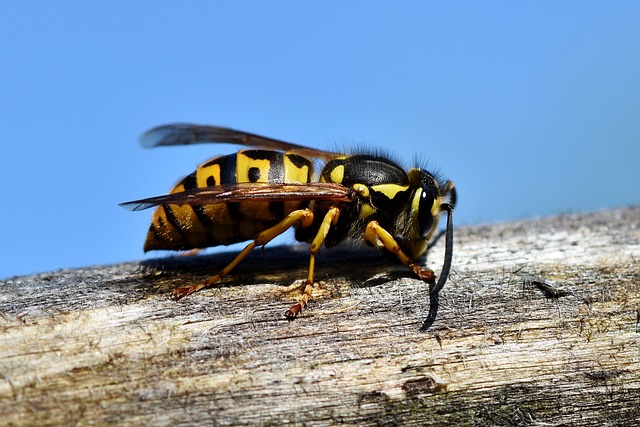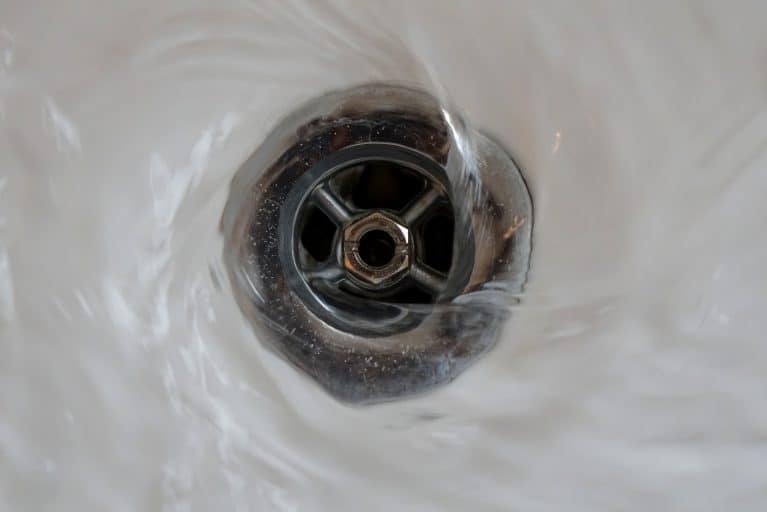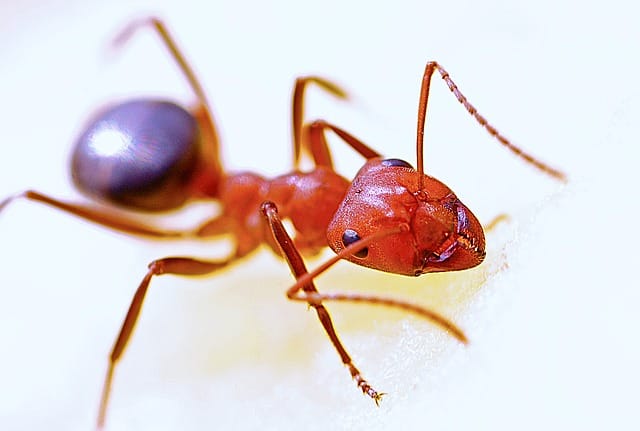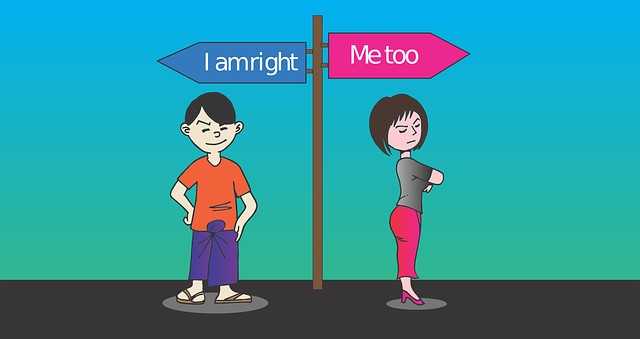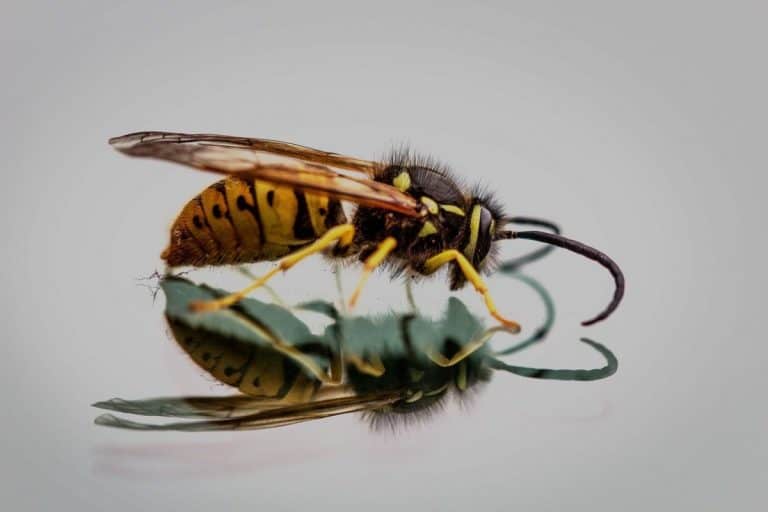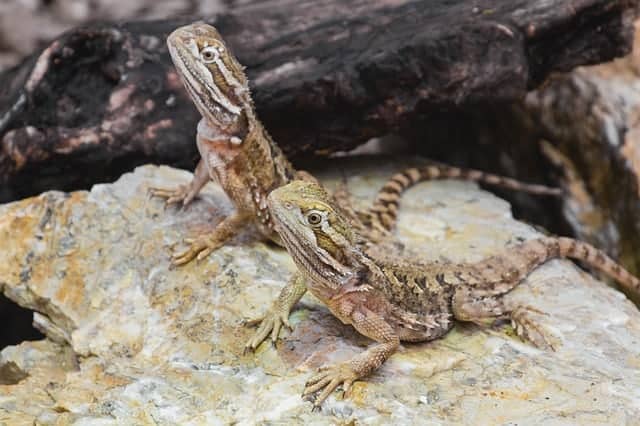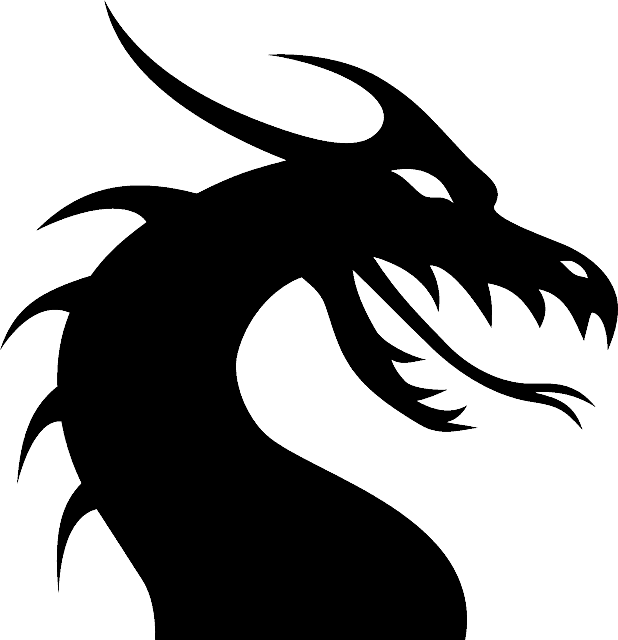What Do Baby Wasps Look Like?
As homeowners, we’re often faced with wasp attacks and other flying insects, especially in summer and thus it’s critical to know all that appertains to wasps, bees, and hornets.
So, what are baby wasps, what do they look like? Well, a baby wasp is a youngling of a wasp that’s between the egg stage to an adult wasp; includes the larvae, pupa, and then virgin queen or young male drone.
However, the baby wasp will be helped in their feeding activities by the adult worker wasps until they’re adult enough to take various responsibilities.
Details: What Do Baby Wasps Look Like?
The wasps will move via 4 life stages to get to adulthood – these are Egg-Larvae-Pupa-Adult. However, the baby wasp is a youngling wasp that is between the stages of egg & adult wasp.
- Therefore, the baby wasp is described as a development stage as the insect grows to become an adult.
But the baby wasp is relatively inactive, particularly in its pupae stage since it’ll remain domain for a number of days, then change into a virgin queen or male drone.
The life cycle of a wasp – Wasp Larvae Hatching?
Most wasps and their babies will die off during winter and fall when the temperature drops. Thus, their virgin queens will move out and get impregnated to grow the life cycle.
- The queen wasps lay their eggs at end of winter when the temperature gets normal.
- As the environmental temperatures drop, the queen wasp and wasp males die off and then the virgin queens will get impregnated.
The impregnated virgin queens will then move out and get some other shelter that’s appropriate during winter but the other wap colony members will die.
- After winter, the wasps will emerge during spring and begin to create their nests that look like a honeycomb – with some small cells
Baby Wasp Development
After the wasp eggs are hatched to become larvae (one stage of the baby wasp), these organisms start to grow.
In 2 – 3 days the eggs that are laid (each queen wasps will lay an unfertilized (drone) egg in one of its nests’ cells) will hatch.
- The queen wasp will feed the newly-hatched larvae with some insects inside the nest cells until they’re mature.
Within 12 – 18 days, the wasp larvae will spin some silk in the cells to encase themselves. Further, the wasp larvae will emerge from those cocoons after 12 additional days.
- At the start of winter, those queen wasp will begin their mating period before they migrate to other places.
In the new location, those queen waps will create some shelter or nest.
Once the larvae achieve enough energy, they’ll transform into a wasp pupa – a stage that is inactive and will stay dormant for about 1-2 weeks.
- Also, the wasp pupa will continue storing enough energy for further development and growth.
Finally, once the wasp pupa is fully developed, these baby wasps will emerge from the shell and become young adult wasps.
- Next, the worker wasps will continue feeding those young adult wasps for 14 – 21 days until it becomes full-growth was adults.
So, the adult female wasps will then go to lay their fertilized eggs (that will hatch to become drones).
- The hatched drones will be tasked to gather food, feed the wasp larvae, and create a nest for the wasp colony.
Further, the wasp queen will move to other places during the mating time to avoid mating the drones in their colony (and avoid inbreeding).
What’s the Color, Size, and Shape of Baby Wasps?
Checking the wasps’ physical appearance would help you specifically identify those baby wasps.
- So, you’ll need to check some unique physical features of the wasps – you’ll mainly locate them in their nest, shelter, or the nest.
The baby wasps will come mainly as hornets, paper wasps, and yellowjackets.
1. Shape of Baby Wasps
Baby wasps of varied species will have different shapes. For example, the baby yellowjacket waps have a sloped sharp end, cone-shaped abdomen, and a narrow waist.
- Another species is the mud dauber wasp whose baby stage has an elongated (thin) body and a while those of the paper species have long legs and a waist that is spindle-shaped.
Besides the baby wasps of the European Hornet species has a smooth (hairless) body and a narrow waist.
- Also, the babies of this species do not turn while developing.
However, in general, the baby wasps will appear as some lump that is inactive and is in those wasp nests.
2. Color of Baby Wasps
The color of the baby wasps will be yellow and black including the Yellowjacket and European Paper that have an abdomen that is black & yellow.
- However, the European Hornet has a tail that has yellow strips (on black) and its thorax is reddish-brown.
In addition, the baby wasps of the mud-daubers species will have black & yellow.
- However, the color marks or stripes on the baby wasps could be tiny to be visible – you may require some microscope or hand lens.
3. Size of Baby Wasps
The size of the baby wasps will be around 0.2 – 1.5 inches in length depending on the species of the wasp.
- Despite the length of the baby wasps may be different, it won’t be longer than 1.7 inches.
Notably, even some of the adult wasp could also have the same body length.
- But the adult wasps can be differentiated since they’re more active than the baby wasp.
Do Wasps Bite Or Just Sting?
Baby wasps won’t sting humans and pests; these organisms exist in the larvae, the pupae, and young adult development stages – all these lack sting tissues that are well developed.
- Notable the wasp larvae will mainly live in the wasp nest cells and thus they’ll have less capacity to move around
Next, the pupae are described to be dormant (immobile) while those baby wasps in the young adult stage will start learning movement on emerging from the pupa.
Conclusion
On the question of baby wasps, these organisms exist between the stages of the eggs and adult wasp.
- Thus, these will be the wasps in the larvae, pupae, and the young wasp adults (including the virgin queen and the young male drone.
The baby wasps will be fed by the worker wasps up to their maturity age. The worker wasps will work to build nests, feed the larvae wasps, and search for food.

